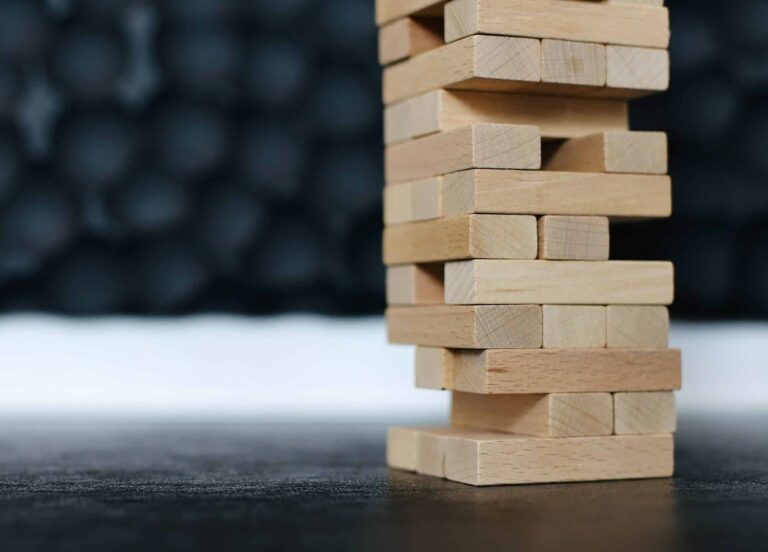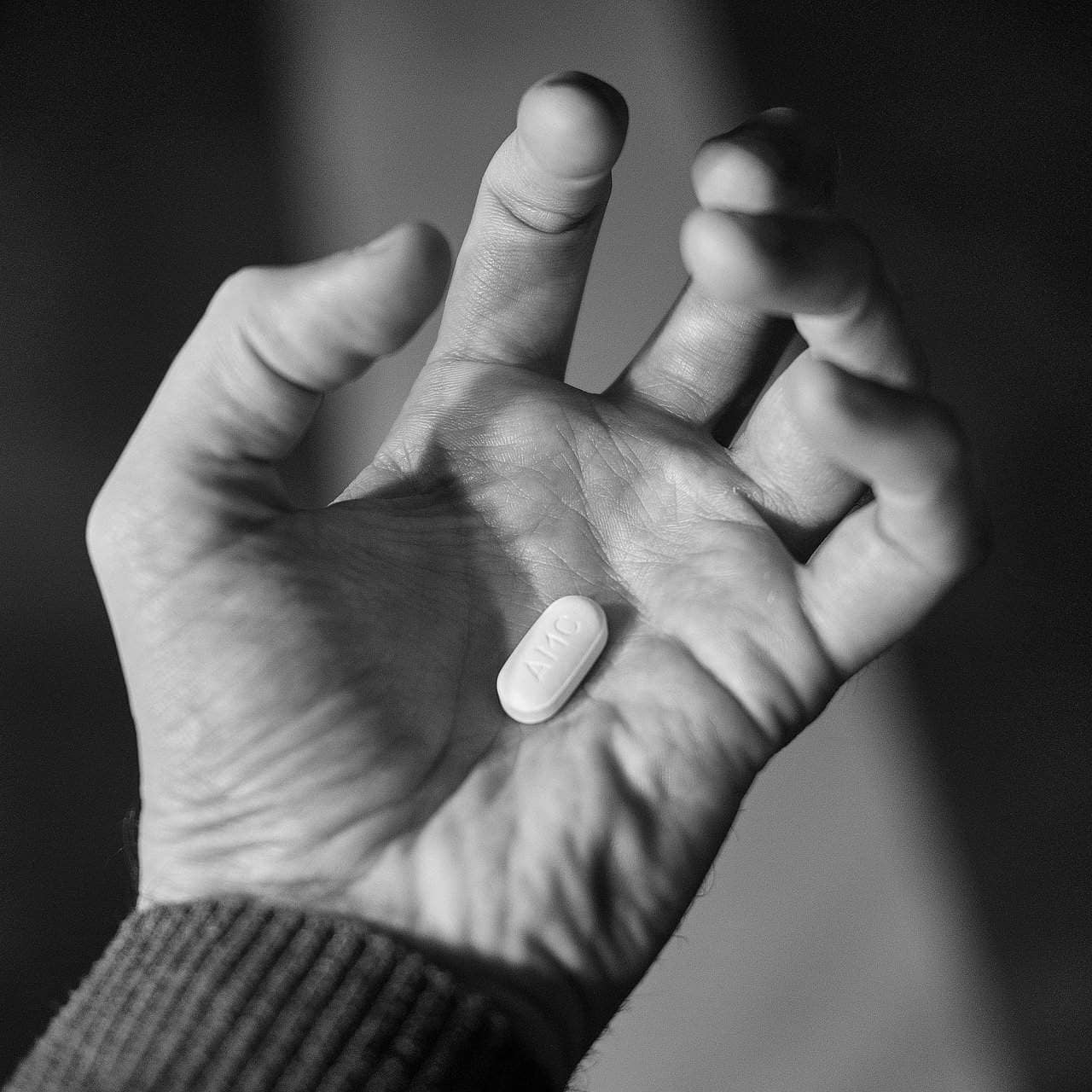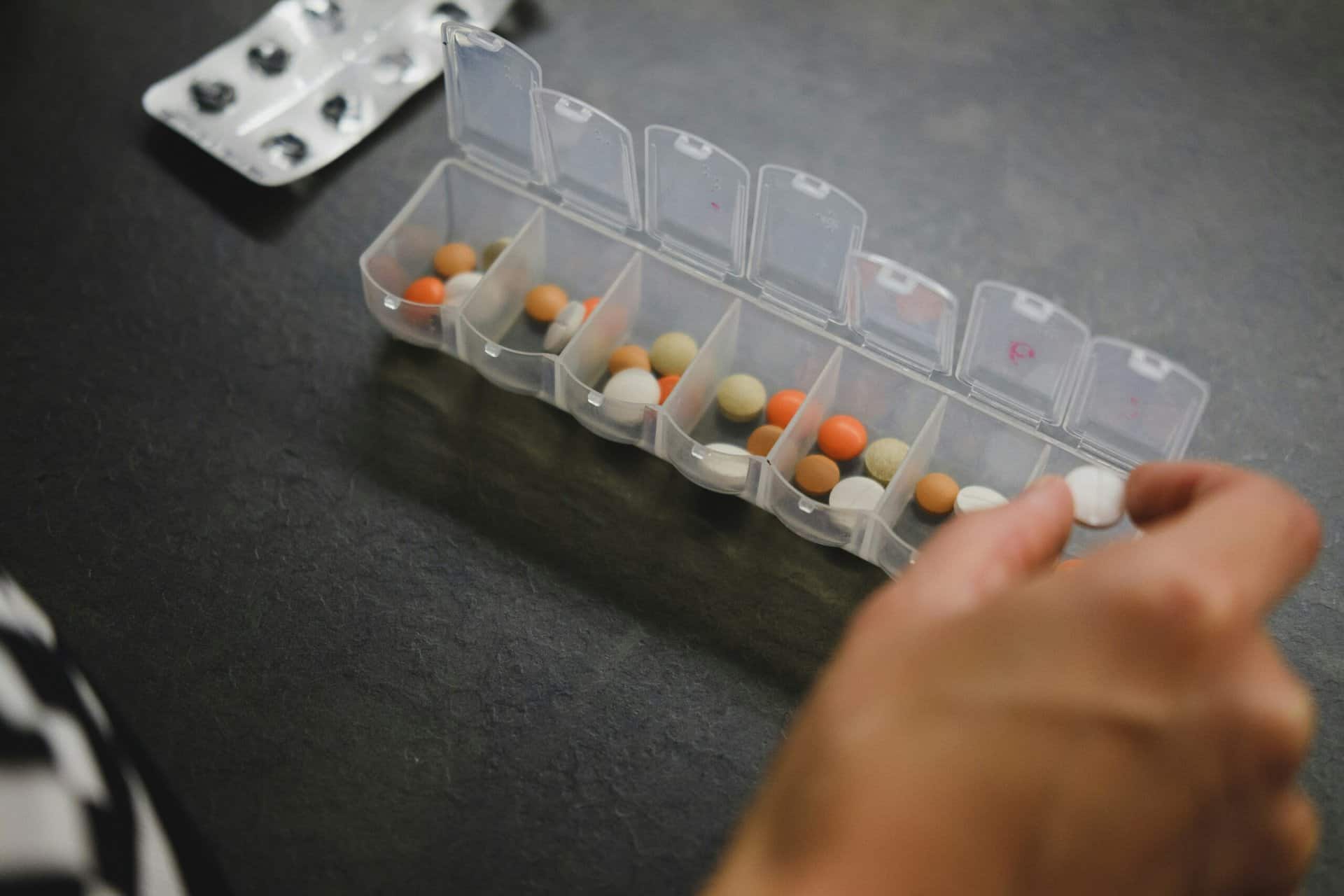An article caught my eye when it mentioned growing up in the 1950s — I can relate to that period. But at that time, I was focused on growing older only in terms of getting to high school (it’s all relative, right?).
And, of course, the huge importance placed on reaching 21 was the next pinnacle of my focus. But my expectations of what “older people” experienced was set in that time period – probably from being around my grandparents and the elderly residents of the West Texas town in which I lived.
As the author of this newsletter stated, people expected aging would make them victims of progressive frailty – walking sticks, wheelchairs, broken hips, sleeping their days away in an easy chair were assumed to be the future. People were told it was a natural part of getting older.
The author added cataracts, poor hearing, difficulty climbing stairs, indigestion, poor sleep and so much more which were the territory of the aged. And they were told their machinery was just “wearing out” and our expiration date was fixed by genetics.
However, Russell L. Blaylock, M.D., who puts out a monthly “wellness report” newsletter, says that an impressive amount of research has shown that these nightmares of aging are not necessarily predestined. And he points out that there are more 100-year-olds today than at any time in history. In fact, there are approximately 573,000 centenarians in the world with the U.S. claiming the largest number (97,000).
Unfortunately, this increasing extension of life span appears to be finished – it is showing significant reversals nowadays.
Maybe you respond as I did – why? Aren’t we really advancing in medical and personal health fields? And what about those centenarians is special that we should emulate?
He points out they “grew up at a time when there were few or no vaccines. Most ate healthier diets, exercised regularly (mostly manual labor), had very close family and social ties, and were generally happier than people are today. A number were survivors of wars, concentration camps, severe injuries, and circumstances that most in today’s pampered world have never experienced.”
I was drawn to Dr. Blaylock’s focus on why we age…and what can we do to affect the aging process so we live healthier lives as we age?
Of course, I can only give you a summary here, but one of the main points he made was interesting – and worth studying. He said it “has been posited that a lifetime of free radical and lipid peroxidation damage to DNA and other cellular structures eventually causes cells and tissue components to deteriorate to the point that aging and diseases results.”
He states that the “evidence for this theory is very strong. Studies have shown that virtually every disease involves, in some way, storms of free radicals and lipid peroxidation products.”
All these big words were starting my head spinning, but it did ring familiar with things I have shared in this blog in the past – free radicals and oxidation.
So I tried to wring some sensible understanding out of it – yep, I would like to continue my years on this earth as healthy as I can make them.
OK – lipid peroxidation – a chain reaction of oxidative degradation of lipids, i.e. free radicals “steal” electrons from the lipids in cell membranes resulting in cell damage.
OK – free radicals – scary bad dudes (see my past blog HERE ). Our enemy comes from environmental influences like disease, pollution, toxin, chemicals, radiation, prescription drugs, etc. These cause the molecules within our bodies to oxidize – think “rust”.
The oxidation process causes FREE RADICALS or unstable molecules. Picture high-energy chemical Buzz Bombs that ricochet around causing damage to our otherwise healthy molecules or cells. The result? Widespread cellular damage which can lead to degenerative diseases, premature aging and impaired immune system.
NOW, don’t panic –think of antioxidants as SuperHeroes. They are our “reactive oxygen” scavengers. They stop the damaging chain reaction of those free radical buzz-bombs.
Nope – you won’t find “buzz-bombs” or “reactive oxygen” scavengers in the grocery store. So let’s get practical – what do you do to help the antioxidant SuperHeroes?
Here’s a “measurement” you might want to understand – it is called ORAC. It stands for Oxygen Radical Absorbance Capacity – it is a measurement of the level of antioxidant activity within a food or product.
Hurray for the SuperHeroes – but how much do you need? Dr. Joel Wallach, founder of Youngevity, was asked what helps promote and support a healthy digestive tract. He said he aims for 100,000 ORAC points a day. Youngevity makes a chocolate square (love it) which has 16,936 ORAC points – which is high for a food product.
The Beyond Tangy Tangerine powder which I drink daily for my vitamins and minerals has an ORAC score of 8,000 points. And the brain-boosting supplement caplets (Synaptiv) they produce have 3,000 ORAC points.
So, to bring it down to ordinary food, an orange has about 600 ORAC points, according to Richard Renton (quality control for Youngevity). So you would have to consume a couple of cases of oranges to get just the amount of antioxidant benefit found in one square of the Triple Treat chocolate I mentioned.
And no, the ORAC score of foods is not often computed and noted in a place where you can check. Darn.
But you can pay attention to the “antioxidant” term? Now you can think of them as good guys – and boost that intake. We need more antioxidants daily – killing those free radicals.
I recommend you check out Dr. Glidden’s 5 minute YouTube video titled “Dr. Glidden talks about Oxygen Radical Absorbance Capacity (ORAC)” HERE
And Blaylock’s newsletter has so much more of the evidence (and technical terms) but I think his summation is easier to understand. He explains that throughout our life, the body expends a great deal of energy repairing this damage described above and it utilizes a number of incredibly complex repair systems.
I appreciated his estimate that at least 95 % of DNA damage is repaired by an assortment of special repair enzymes. We even have special cells that constantly scan the body for damage that needs fixing.
It’s time to talk about action! Blaylock says “the food we eat contains building blocks used in this ongoing repair. If your diet lacks these essential building blocks, the repair can’t be completed. As a result, you will eventually have a body overrun with damaged, impaired cells.”
But since our soils are depleted, our food grown in our current soils do not have the building blocks the centenarians had. So we must supplement our diets with the 90 essentials of minerals and vitamins as outlined by Dr. Wallach. I have dedicated the “body” portion of my website to not only the explanation of that but what you can do about it HERE
It is my hope for all of us that Aging can get a Whole Lot Easier and Healthier!
Food and dietary supplement products sold by Youngevity are intended to contribute to the daily diet and overall health and are not intended for use in the prevention, treatment, mitigation, or cure of any disease or health-related condition. Individuals who have or suspect they have an illness or who wish to commence a diet or exercise program should consult an appropriately licensed health care practitioner for a medical history evaluation, diagnosis, treatment, and health recommendations.



